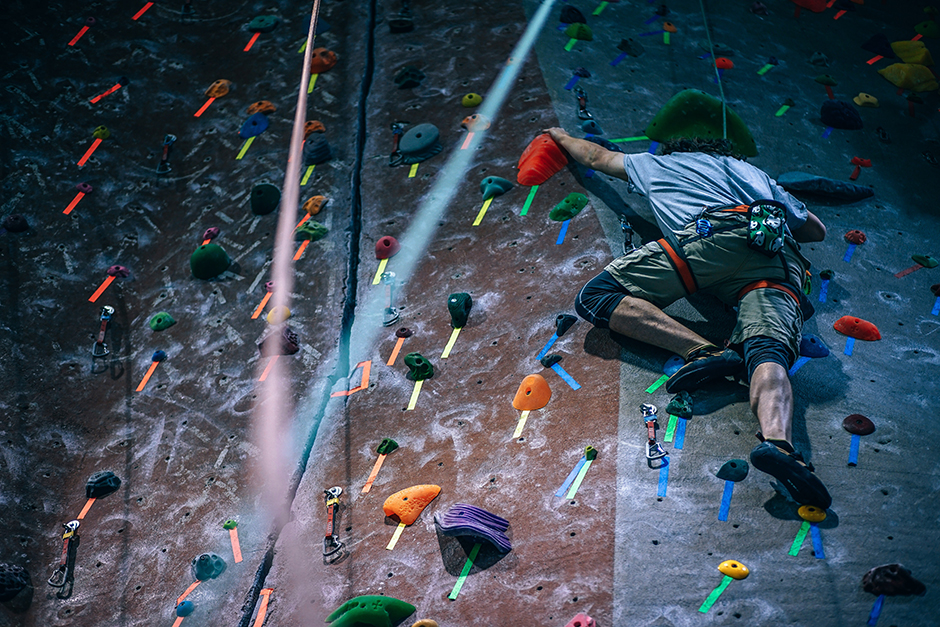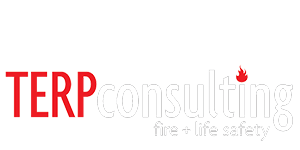
14 May Is NFPA 13 Applicable to Climbing Gyms?
Over the last decade, climbing gyms have become very popular. TERPconsuling has heard from a few clients that there is some confusion on what design criteria should be used for the overhead sprinkler system. The experts at TERP recently reviewed a building approved as a Group A-3 assembly use, which typically meets Light Hazard criteria, but since it includes exposed wood structures and foam padding, our client wasn’t sure if Ordinary Hazard is justified in this situation or not.
IBC occupancy classifications, in this case, Group A-3, only indicate when a sprinkler system would be required. It defers all matters regarding specific design criteria of the sprinkler system to NFPA 13 – Standard for the Installation of Sprinkler Systems.
The NFPA 13 annex lists occupancies for each hazard classification that can be helpful; however, that is just a guideline and none of the listed occupancies have foam padding and large wood structures comparable to the quantities of this building. So, given the unique use of this space, it seems none of the listed occupancies in the Annex for either Light or Ordinary Hazard would match the use and conditions of this building.
NFPA 13 specifies ordinary hazards as the following: Ordinary Hazard, Group 1 occupancies are defined as occupancies where combustibility is low and quantity of combustibles is moderate. Ordinary Hazard, Group 2 occupancies are defined as occupancies where the quantity and combustibility of contents are moderate to high.
Typical climbing pads are a mixture of closed- vs. open-celled foams made of either polyethylene, polyurethane, or similar foam plastic. These foams present increased fire hazards with high flame spread indexes and significant heat release rates; as such, these foams meet the definition of Group A plastics per NFPA 13 Section 5.6.4. In the Annex, NFPA 13 Section A.5.3 specifies for purposes of defining Ordinary Hazard occupancies, Group A plastics would be considered to have high heat release rates. Always check the manufacturer information sheets to see what type of foam material the project will include.
Given the building has quantities in the moderate to high range of high combustibility material, in this case, the climbing gym would meet Ordinary Hazard, Group 2 requirements. Depending on the type of climbing walls constructed, their size, and location, there could be large combustible concealed locations, potential shielding of combustibles, and discharge obstructions as well.
The example presented in this column is specific to the specifications provided. Each project presents a different scenario and needs to be reevaluated by one of our code professionals to ensure it will meet or exceed fire/life safety codes in its jurisdiction.
If you have any questions or would like to discuss a building, fire, life safety, or accessibility code issue, contact one of our regional managers or complete this contact form.



No Comments